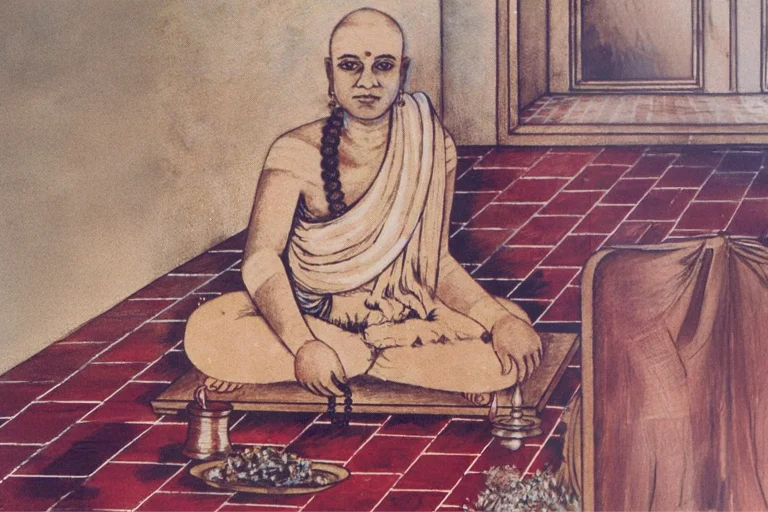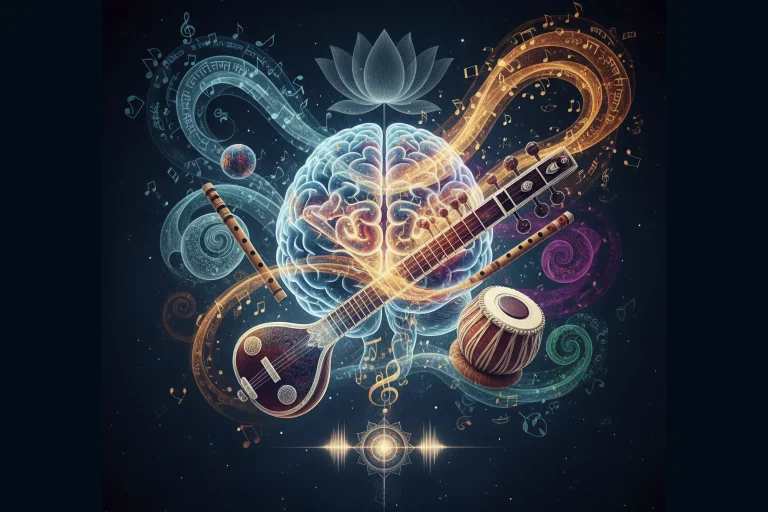All Topics
- Alchemizing Music Concepts for Students
- Artist Spotlight
- artium gift card
- Artium Maestros
- Artium News
- buying guide
- Carnatic Music
- Devotional Music
- Editorials by Ananth Vaidyanathan
- Film Music
- Guitar
- Hindustani Classical Music
- Indian Classical Music
- Indian Folk Music
- Insights
- Instruments
- Karaoke Singing
- Keyboard
- Kids Music
- maestros
- Music Education
- Music for Kids
- Music Industry
- Music Instruments
- Music Legends
- Music Theory
- Music Therapy
- Piano
- piano guide
- Success Stories
- Tamil Film Music
- Telugu Film Music
- Time Theory
- Tools
- Uncategorized
- Vocal Singing
- Vocals
- western classical music
- western music
- Western vocal music
Demystifying Alap: The Soulful Beginning of Every Raag In Music
Demystifying Alap: The Soulful Beginning of Every Raag In Music
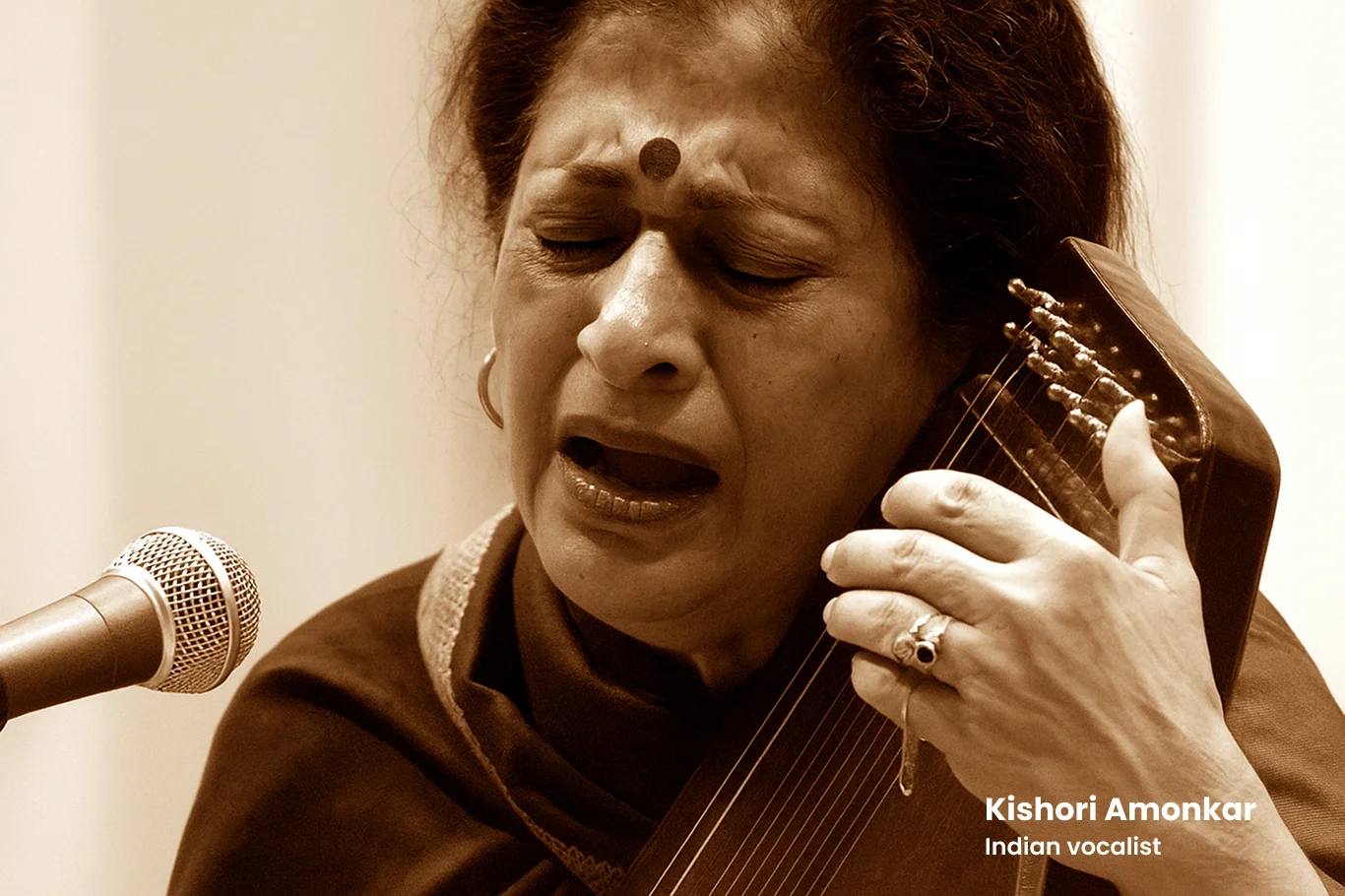
Table of Contents
When you think of Indian classical music, what’s the first thing that comes to mind? Chances are, it’s the graceful, flowing sound of a raag slowly unfolding in its purest form, the Alap.
It’s that serene moment when the tanpura hums in the background, the rhythm hasn’t yet entered, and the performer begins to breathe life into the raag gently, note by note, phrase by phrase. Alap is where the magic begins, where the artist’s imagination meets tradition, and the audience is drawn into a meditative soundscape.
As a music teacher and performer, one of the most common questions I get from my students is:
“What exactly is an Alap, and how do I practice it?”
It’s a great question, because while alap may sound effortless on stage, it is built on a strong foundation of raaga knowledge, swara control, emotional connection, and a lot of practice.
So, let’s take a musical dive into this essential, yet often misunderstood, part of Indian classical music.
What is Alap?
Alap is the introductory section of a raag performance. It’s that beautiful moment when rhythm takes a backseat, and melody shines in its full glory. There’s no taal, no beat, just the voice (or instrument) and the swaras, gently guiding the listener into the mood of the raag.
The word ‘Alap’ comes from the Sanskrit word Ālāpini, which means “to sing or express repeatedly.” And that’s precisely what Alap does: it allows the artist to express the essence of a raag through repetition, variation, and imagination.
Alap is primarily used in Hindustani classical music, Carnatic classical music, and Dhrupad gayaki.
Alap is free-flowing, guided only by the artist’s creativity, sensitivity, and understanding of the raag. There are no fixed patterns here—just an emotional dialogue between the performer and the notes.
Why is Alap Important?
Think of Alap as setting the stage. Before any composition or rhythmic part begins, the Alap introduces:
- The personality of the raag
- Its emotions and expressions
- The important swaras (notes), like Vadi, Samvadi, and Nyaas swaras
- The characteristic phrases or “pakad” that make the raag unique
It’s the moment where the artist connects with the raag deeply, and the audience too.
Alap is more than just an introduction—it’s the heart of the raag. In fact, in many traditional performances, especially Dhrupad (the oldest form of Hindustani classical music), the Alap can be longer and more elaborate than the composition itself.
Why is Alap Vital?
It sets the emotional tone of the performance, be it meditative, romantic, devotional, or intense.
It establishes the core structure of the raag: its key notes, rules, movements (chalan), and signature phrases (pakad).
It helps the artist connect deeply with the spirit of the raag, and the audience with the essence of the music.
Every Alap is unique because it reflects not only the raag but also the artist’s interpretation, mood, and imagination. Two singers might sing the same raag, but their alaps will never sound the same because each one brings their voice, heart, and soul into it.
What are the Different Types of Alap?
Yes, there’s more than one way to sing an Alap. Here are the main types:
1. Non-Rhythmic Alap (Aaroh-Avaroh Style)
This is the classic, slow alap you hear at the start of a performance. No rhythm. Just the unfolding of the raag in a free-flowing manner.
2. Rhythmic Alap
Once the mood is set, artists may introduce a sense of rhythm, though still without taal. It often comes in two flavors:
Vilambit Alap: Slow, thoughtful, and meditative
Drut Alap: Faster, more energetic, showcasing agility and creative phrasing
In the first two types, we can use nom-tom alapi.
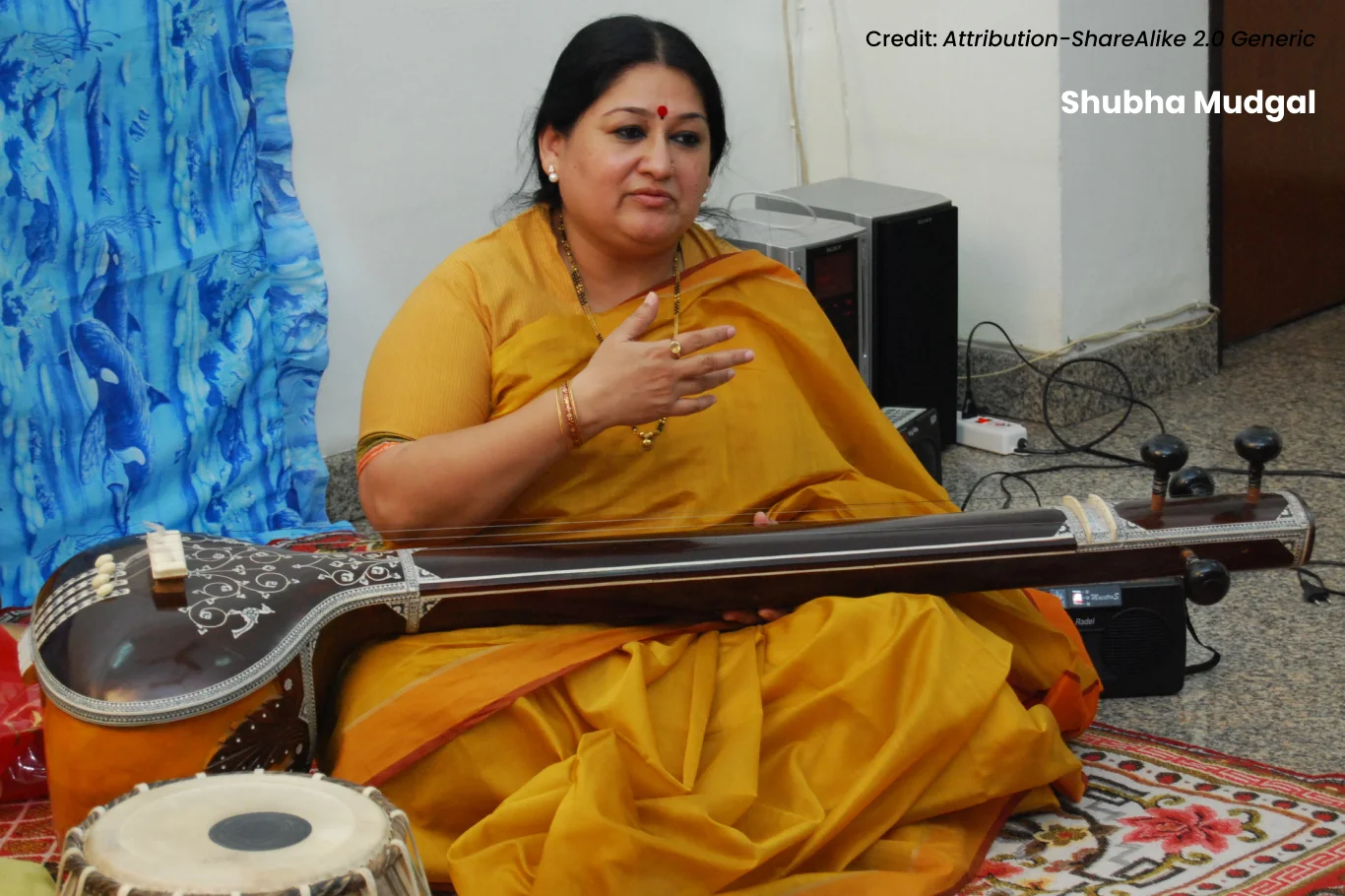
3. Bol Alap
Here, the artist uses words from the bandish (composition) to create melodic lines. It blends lyrics with improvisation, offering a great way to bring emotional nuance to the performance.
How to Practice Alap? (Especially for Beginners)
One of the best pieces of advice I give my students is:
Start small and close to Sa.
Here’s a simple method I follow:
1. Begin your alap by exploring Sa and nearby swaras like Re or Ga.
2. Gradually build phrases around Pa, Dha, etc.
3. This helps you internalize the raag, build confidence, and develop your musical imagination, which is crucial for the gayaki (vocal) style.
Alap isn’t about singing mechanically. It’s about feeling the notes, playing with them, and expressing their beauty.
This video shows both rhythmic aalapi with akar and bol aalapi.
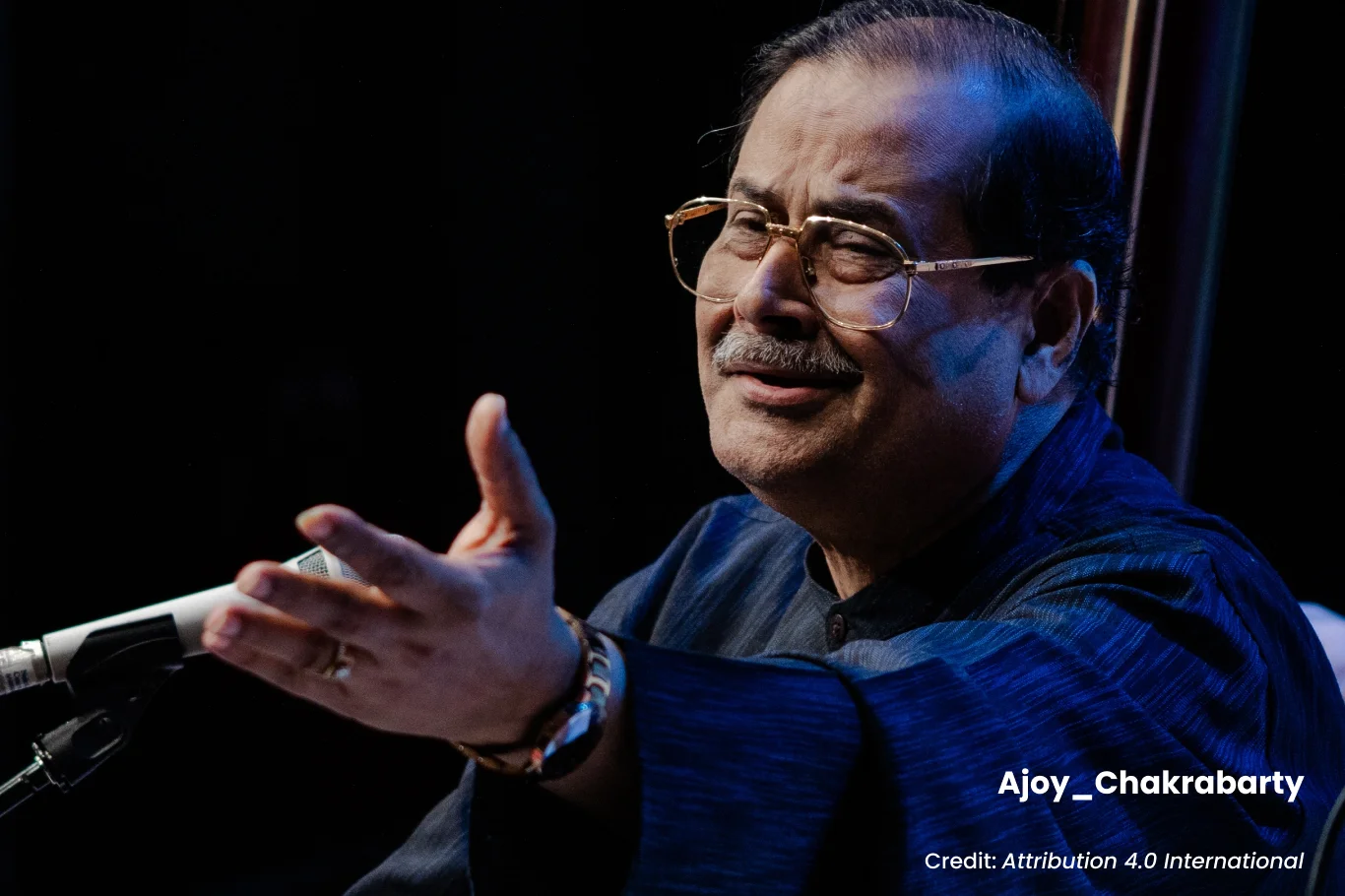
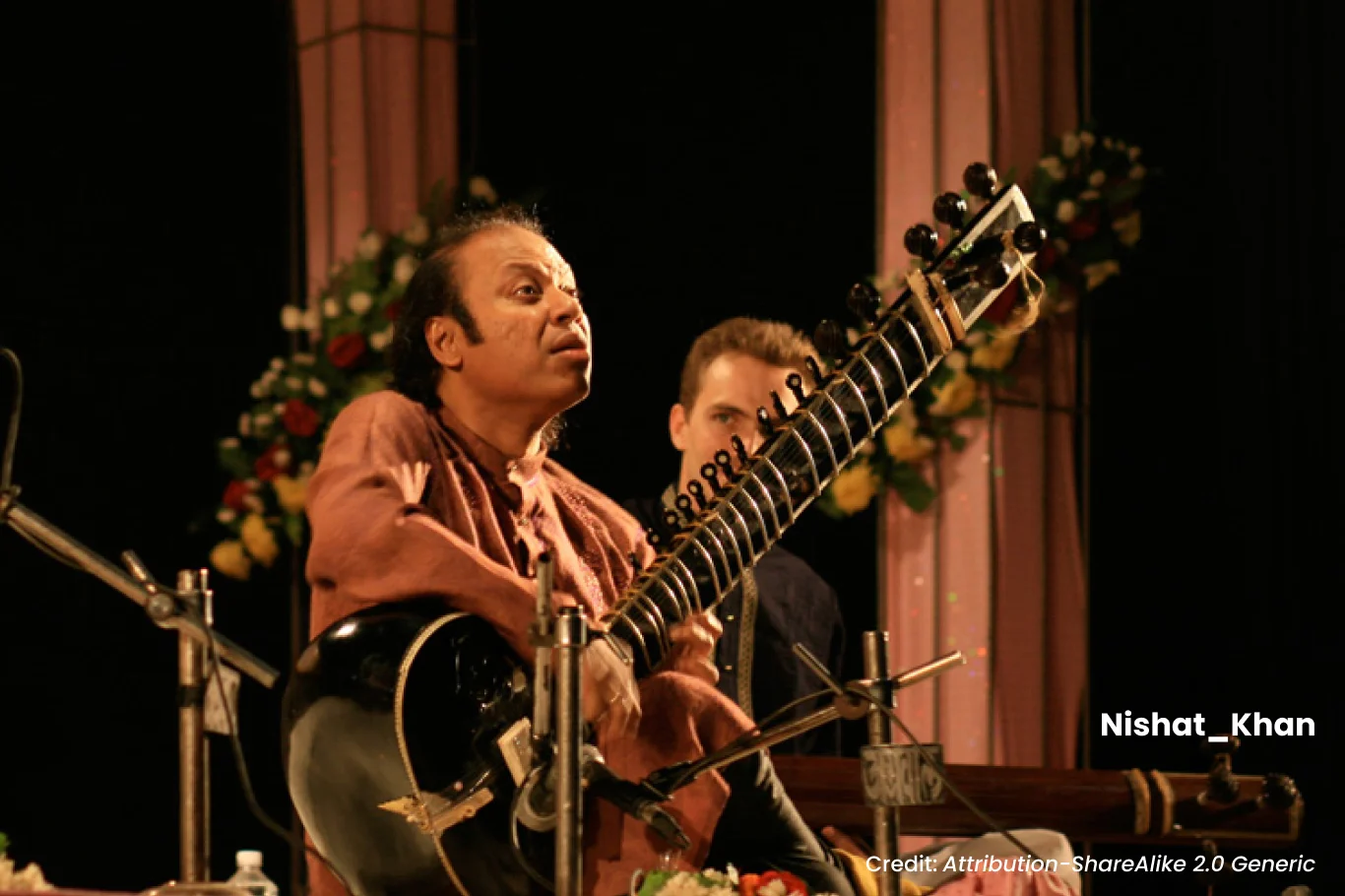
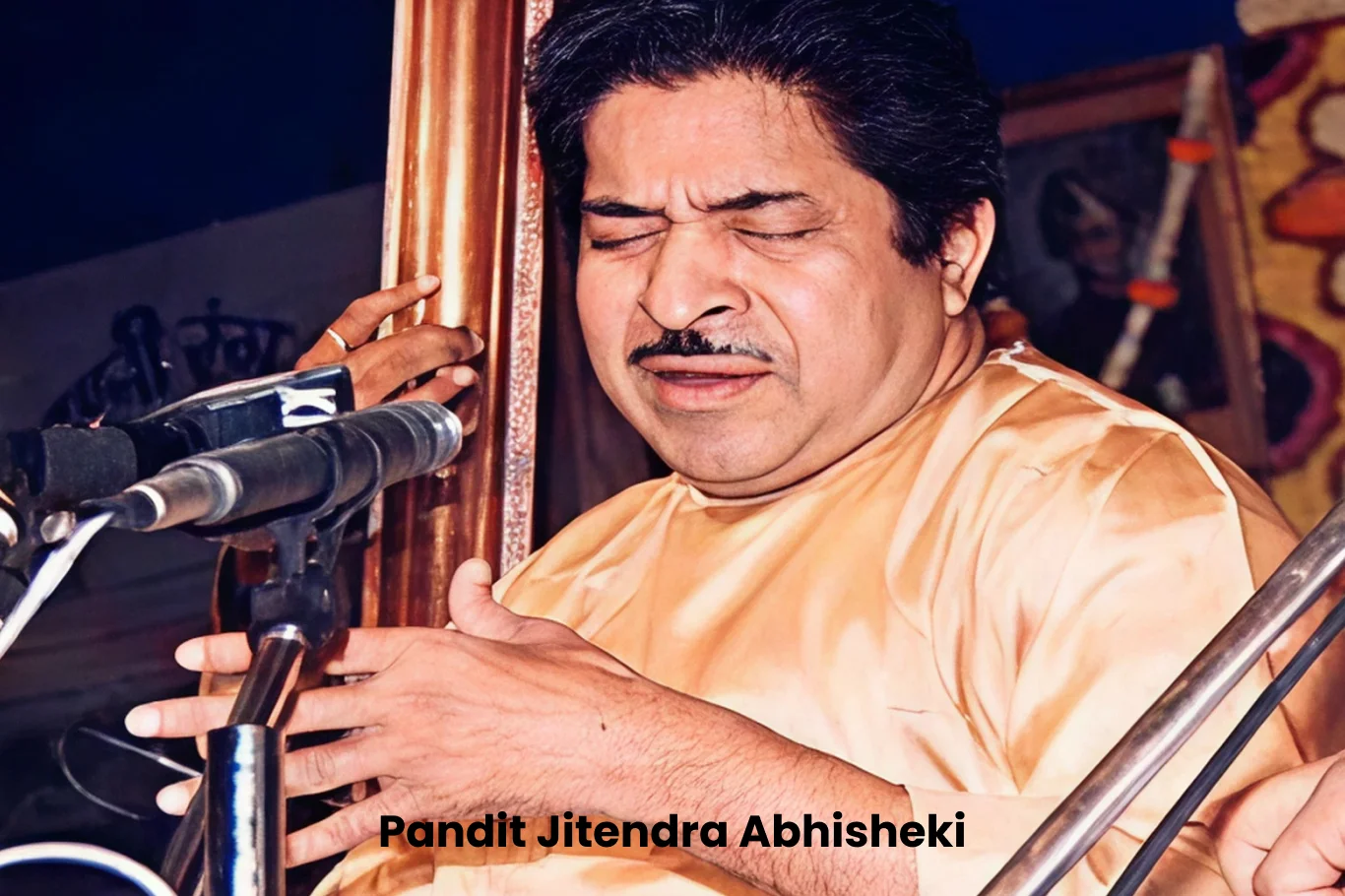
Practice Tips for Beginners
A great way to understand any raag is by converting basic alankars (note patterns) into that raag’s framework.
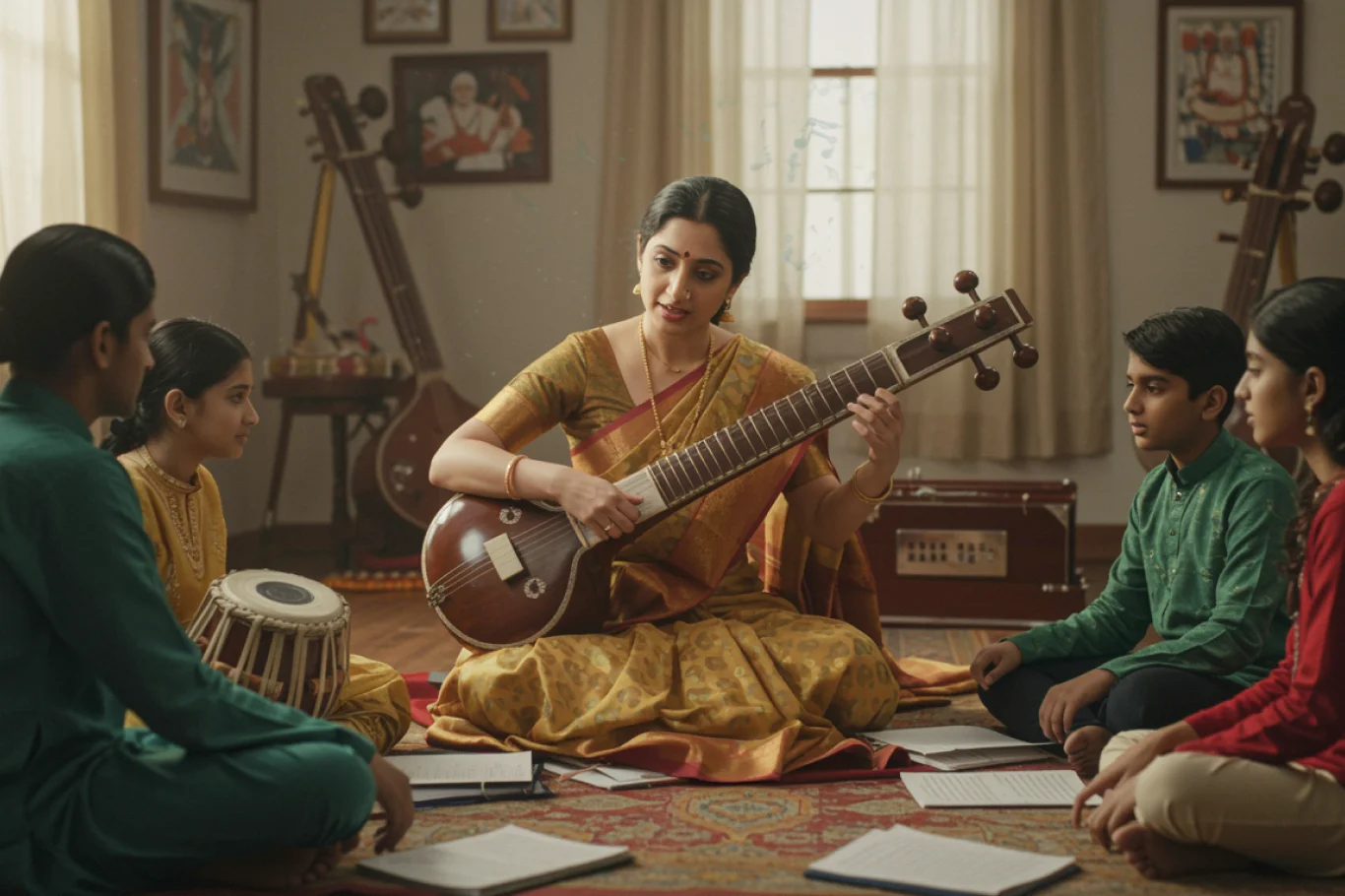
- Know Your Raag First
Before starting any alap:
- Learn the Aaroh (ascending), Avaroh (descending), Vadi, Samvadi, and Pakad of the raag.
- Understand which swaras are allowed (shuddha, komal, tivra).
- Study the bhaav (emotion) of the raag. Is it romantic, devotional, serious, or playful?
Without this foundation, your alap will feel mechanical or inaccurate.
- Listen to Great Performances
Select 2–3 authentic renditions of the raag by master musicians, including both vocalists and instrumentalists.
Now observe:
- How do they start their alap?
- Which notes do they emphasize?
- How do they pause, stretch, and return to specific swaras?
- Their use of gamak, meend, and andolan
This helps you internalize the style and spirit of alap.
- Begin from ‘Sa’ – Build Slowly
Don’t rush. Start your alap practice by:
a) Singing Sa clearly and steadily
b) Then slowly moving to nearby swaras like Re and Ga, making short, smooth phrases
c) Use meend (glides), andolan (oscillation), and sustain the notes to feel their emotional weight
- Practice the Alankar in a specific Raag
For example-
This is a bilawal shudha swar exercise:
Sa Re Ga | Re Ga Ma | Ga Ma Pa | …
Now, if you’re learning Raag Bhupali, which uses only Sa, Re, Ga, Pa, Dha Sa (Omits Ma and Ni), then convert the alankar like this:
Sa Re Ga | Re Ga Pa | Ga Pa Dha | Pa Dha Sa
By doing this, you’re practicing both technique and raag-specific phrasing. It’s like learning the grammar of a musical language.
Summary
Alap is not just an introduction, it’s an experience.
It reflects the depth of the artist’s understanding, creativity, and emotional connection to the raag.
Alap is not just the beginning of a raag; it’s the doorway to emotional depth, creativity, and genuine musical expression. Whether you’re a beginner learning to phrase near Sa or an advanced student exploring intricate vilambit and bol alap, mastering alap enhances your entire musical journey. It teaches you not only how to sing, but how to feel and express each swar with intention.
At Artium Academy, we provide structured, personalized training to help you understand and practice every aspect of alap step by step. Through live one-on-one sessions, expert guidance, and curated learning materials, students can explore different types of alap, develop their understanding of raag, and build genuine confidence in their performance.
Whether you’re learning for passion or performance, Artium offers the tools, mentorship, and inspiration to bring your musical expression to life right from the comfort of your home.
Whether you’re a beginner or an advanced student, spending time with the alap will deepen your relationship with music. Explore it, enjoy it, and most importantly, feel it.
Have you tried practicing an alap lately? Share your favorite raag in the comments below.
Let’s start your Alap in music journey with Artium today.
FAQs on Alap
An introductory section of a raag performance. We have to use phrases of that raag in alap.
Raag is a melodic framework, and alap is the slow, free-flowing introduction of that raag.
Alap is slow, medium, and free flowing. Taan is fast, rhythmic, and showcases vocal agility.
Jor/jod introduces a steady pulse. It’s a medium-paced section that bridges the alap and the faster section.
- Starts with lower notes at a slow speed, gradually moving upward.
- Explores the raga’s mood using phrases of that raga
Yes. Starting point, we sing alap which is without rhythm, but after the bandish, we sing alap with rhythm.
Alap transitions into jor where a steady pulse begins, followed by jhala, and then into the bandish with tabla and rhythmic structure.



